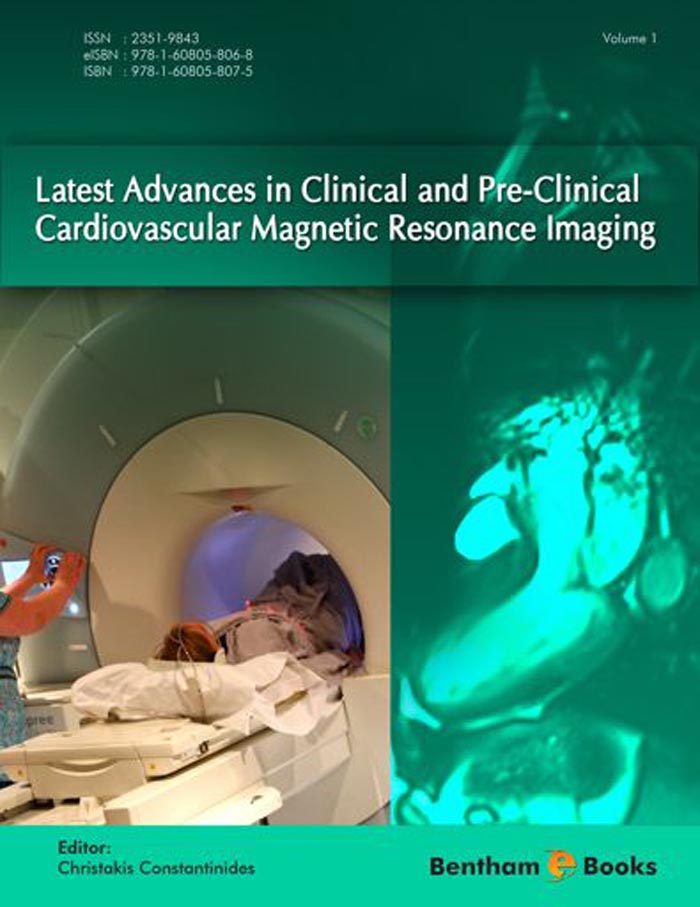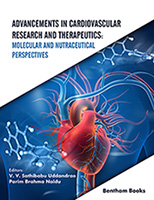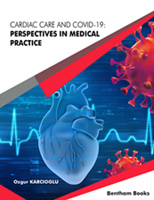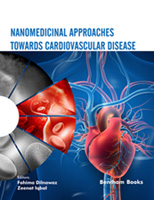A tremendous scientific growth has been evidenced in the field of Magnetic Resonance Imaging (MRI) over the past 70 years, ever since the inception and independent demonstration of the phenomenon in condensed matter by Felix Bloch and Edward Purcell in 1946.
Within more than a decade after the initial clinical images became available in the early 1980’s, techniques such as myocardial tagging, segmented k-space, multi- slice and multi-phase cardiac imaging, introduced cardiovascular imaging to the scientific community, and opened new avenues for the study of global cardiac morphology, perfusion, flow, metabolism, and function, in health and disease. Noted advances, such as the introduction of ultrafast imaging acquisition techniques, MR microscopy, 1H and 31P spectroscopy, regional strain and diffusion imaging, established cardiovascular MRI as one of the prominent and advanced scientific tools available nowadays. Concurrently, clinical applications facilitated detailed studies of cardiovascular pathology, including coronary artery disease (ischemia and myocardial infarction (MI)), congenital heart disease and heart failure, both in the acute and chronic stages, under rest, and following pharmacological or exercise-induced stress. Such applications allowed assessment of critical functional, perfusion, and viability biomarkers for long-term prognosis, striving to establish MRI as the ‘one-stop shop’ in everyday clinical practice.
On the forefront of pre-clinical work, mouse cardiac MRI emerged as a logical consequence to the genome mapping initiatives amidst parallel developments and progress in human cardiac MRI in the late 1980’s and early 1990’s. With the complete characterization of the mouse and human genomes (a National Institutes of Health initiative) in 2002 and 2003 respectively, a plethora of mouse studies emerged targeting the cardiovascular system with genetic modifications, marking the onset of the molecular physiology, proteomics, and (structural and functional) genomics era.
While image-based phenotyping has been a major long-term scientific goal, aiming to high-throughput cardiac studies of pathology, to-this-date, it still remains elusive. Human and mouse cardiac pathological MRI studies have advanced mostly as parallel efforts, unsupported thus far by major National or International policies or consortia that would strategically coordinate multi-center studies under carefully-controlled and normalized protocols, as such would establish the knowledge-platform to benefit cardiovascular disease, molecular genomics, or related/emerging technological advances, with an envisaged tremendous impact for translational research to man.
Collectively, this effort summarizes extensively (with the exception of molecular imaging) the most recent clinical and basic science developments in the field of cardiac MRI, with multiple contributions from prominent researchers and scientists throughout the world. The topics are categorized in two parts; Part I concentrates on clinical advances in ischemic heart disease, heart failure, flow and quantification and cardiac and multinuclear spectroscopy. Part II focuses on pre- clinical work, including fast imaging techniques, regional functional quantification, and fiber structure characterization.
I am hopeful that the book will serve to readers as a reference guidebook for the current status and future directions of cardiac MRI.
With a great sense of responsibility I express my gratitude and dedicate this book to my parents Elpida and Demetris and to my friend Dr. Andreas Lanitis for their true love, generous encouragement, advice and support over the years.
Christakis Constantinides, Ph.D.
Chi Biomedical Limited
Nicosia
Cyprus
E-mail: Christakis.Constantinides@gmail.com





